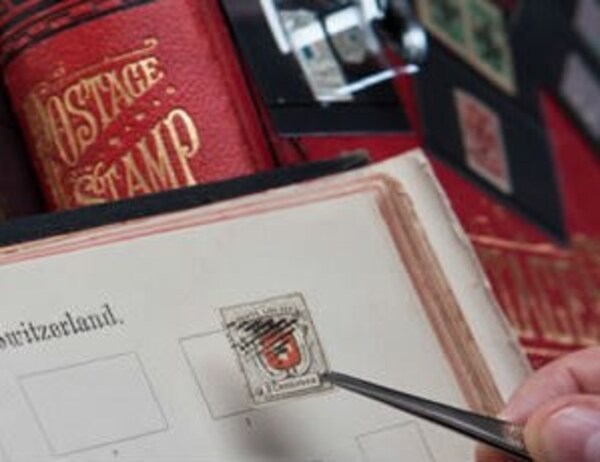Yemen (meaning right or right handed when looking east from Mecca) is an ancient country, historically mentioned in the bible in connection with Sheba, and ruled for centuries by the Himyarites, whose language preceeded Arabic. The area was subsequently conquered by the Abyssinians and the Persians until the rise of the Moslems, culminating with Suliman the Magnificent overruning the whole of Arabia and capturing Aden in 1538. Since then Yemen has been ruled by an Imadi of the Zeidi sect of Islam, including under Ottoman rule. It gained independence after the break up of the Ottoman Empire in 1918.
After the ejection of the Turks there was little trace of any postal system until 1926, when the Iman who had effectively become monarch, established an internal pre-paid postal system. The first stamp design being a pair of princely Jambiya (daggers) forming the Moslem crescent and star, with much information in arabic, including the value, religious motifs etc. The Currency on the stamps was as per the coinage in circulation. Imadi, an alternative name for the arabic Riyal (actually a silver Maria Teresa dollar of 1788, with each coin having to be struck with the date 1788, even to be accepted in 1948), with the lower values in Bogache (Bogshas or Bukshas), a corruption of the ubiquitous word for small change "bucksheesh".
The stamps were produced in 2 denominations, the 2½bogaches (or ½ of an 1/8th of an Imadi) printed on white or orange washed paper and 5b (or 1/8th of an Imadi) on white paper. They were widely used on internal mail; external mail required the use of UPU recognised stamps,usually through Aden. Although imperf, the 2½b on orange is a known perf 7½ or 9, and several types of watermarked paper were used - mostly batonne or laid paper.


 General
General
 General
General
 General
General